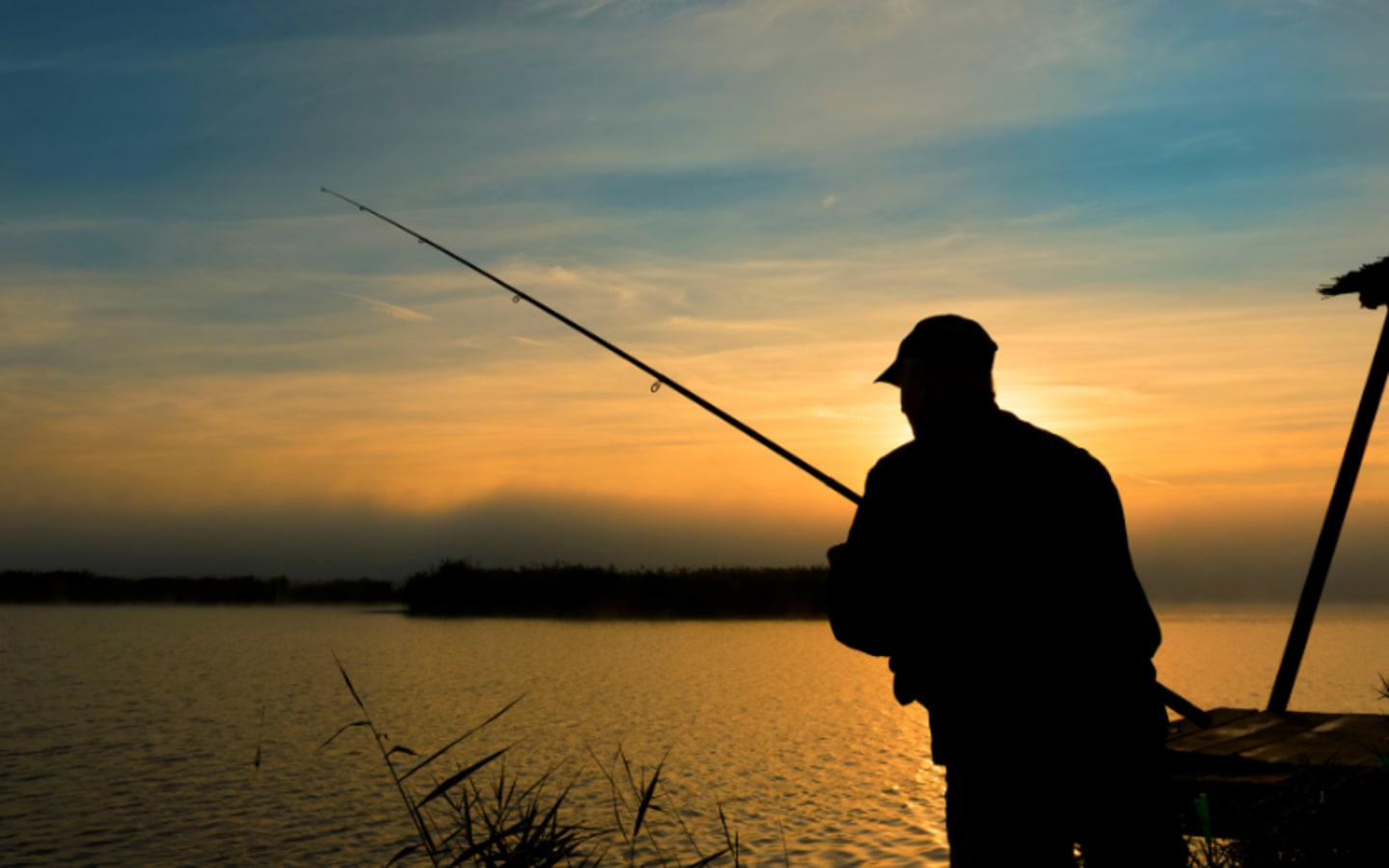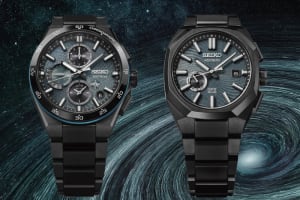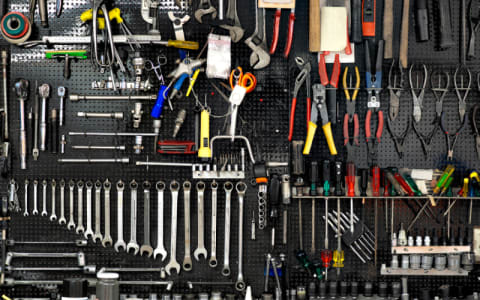The Minnesota Department of Natural Resources (DNR) is shaking things up for the 2026 fishing season, and they want anglers across the state to weigh in. Every year, the DNR takes a hard look at its fishing regulations, tweaking existing rules or proposing new ones for specific lakes to keep fish populations healthy and fishing sustainable. This time, they’ve got a slate of proposals targeting walleye and sunfish in over a dozen lakes, and they’re asking for public feedback through an online survey, open houses, and direct comments. With a deadline of September 30, 2025, now’s the time for fishermen to get involved and help shape the future of their favorite pastime.
What’s on the Table for 2026?
The DNR’s proposed changes focus on special and experimental fishing regulations for specific lakes, aiming to balance fish conservation with angler enjoyment. These rules aren’t statewide—they’re tailored to individual waters based on local fish populations and ecological needs. The 2026 proposals zero in on two popular species: walleye and sunfish. Here’s a breakdown of the lakes and species involved:
- Walleye Regulations:
- Sand Lake (Itasca County): The DNR is considering adjustments to walleye rules to ensure sustainable populations in this popular fishing spot.
- Rainy Lake (St. Louis and Koochiching Counties): Known for its trophy walleye, Rainy Lake may see changes to bag limits or size restrictions to protect its fishery.
- Sunfish Regulations:
- Platte Lake (Crow Wing County): Proposals aim to manage sunfish populations to maintain quality fishing opportunities.
- Sullivan Lake (Morrison County): The DNR is looking at rules to prevent overharvesting of sunfish.
- Green Prairie Fish Lake (Morrison County): Similar to Sullivan, this lake may get tighter sunfish regulations.
- Long (Higgins) Lake, Moose Lake, and Maple Lake (Todd County): These three lakes are under review for sunfish limits to keep populations robust.
- Jewett Lake, North and South Ten Mile Lakes, German Lake, and Rush Lake (Otter Tail County): The DNR is proposing changes to sunfish regulations across these Otter Tail County lakes to ensure healthy stocks.
- Rabideau Lake (Beltrami County): Sunfish rules here may be adjusted to support long-term fishery health.
These proposals come from the DNR’s annual review process, where fisheries experts evaluate data on fish populations, angler pressure, and environmental factors. The goal is to keep Minnesota’s lakes teeming with fish for years to come while still letting anglers enjoy their time on the water.
Why These Changes Matter
For anyone who spends weekends casting lines or planning fishing trips, these proposed regulations could directly impact the 2026 season. Special regulations, like bag limits or size restrictions, are designed to protect fish populations from overfishing, especially in lakes where certain species are under pressure. Walleye, a prized catch for many, and sunfish, a favorite for family fishing trips, are both sensitive to changes in their environment. The DNR’s proposals aim to strike a balance: keeping fish populations healthy without making it too tough for anglers to bring home a catch.
The DNR doesn’t make these decisions in a vacuum. They rely on feedback from fishermen who know these lakes best—people who’ve spent years reeling in walleye on Rainy Lake or pulling sunfish from Platte Lake. That’s why the DNR is going all out to get public input, offering multiple ways for anglers to share their thoughts.
How to Make Your Voice Heard
The DNR is making it easy for fishermen to chime in on these proposals. The main way to share feedback is through an online survey, available until September 30, 2025. The survey covers all the proposed regulations and lets anglers comment on specific lakes or rules. For those who prefer a more direct approach, the DNR is also accepting comments via email, U.S. mail, or phone. Here’s how to get in touch:
- Email: Send your thoughts to Shannon Fisher at shannon.fisher@state.mn.us.
- Phone: Call 651-259-5206 to discuss the proposals.
- Mail: Write to Fishing Regulations/Shannon Fisher, Box 20, Minnesota Department of Natural Resources, 500 Lafayette Road, St. Paul, MN 55155.
- Local Fisheries Offices: For comments on specific lakes, contact the area fisheries office handling that proposal. The DNR’s website has a full list of contact info for each office.
For anglers who want to dive deeper, the DNR is hosting open houses to discuss the proposals in person or virtually. A virtual open house is set for Rainy Lake, and an in-person event will take place in the Twin Cities metro area to cover all the proposals. There’s also an in-person open house specifically for Rainy Lake. Details on dates, times, and locations are available on the Minnesota DNR’s website or by calling a local fisheries office.
To make sure anglers know about these changes, the DNR has posted notices at public access points for each lake included in the proposals. Whether you’re fishing Sand Lake or Rush Lake, you’ll likely see signs alerting you to the potential new rules.
Why Your Input Counts
The DNR’s annual review process isn’t just a formality—it’s a chance for fishermen to shape the rules they’ll fish under. Special regulations are often experimental, meaning they’re tested for a few years and then re-evaluated to see if they’re working. Public feedback plays a big role in deciding whether these rules stick, get tweaked, or get scrapped altogether. If you’ve got strong feelings about walleye limits on Sand Lake or sunfish rules on Moose Lake, now’s your chance to speak up.
Anglers know the lakes better than anyone. Maybe you’ve noticed fewer big walleye in Rainy Lake or smaller sunfish in Jewett Lake. Or maybe you think the current rules are working just fine. Either way, the DNR wants to hear from you to make sure the 2026 regulations reflect what’s happening on the water.
What Happens Next?
Once the September 30 deadline passes, the DNR will review all the feedback from the survey, open houses, and direct comments. Fisheries biologists will analyze the input alongside their data on fish populations and lake conditions. From there, they’ll finalize the regulations for the 2026 season, which will be published in the DNR’s fishing regulations booklet and on their website. Any new or updated rules will likely take effect when the 2026 fishing season kicks off, so anglers will need to check the updated regulations before heading out.
Get Involved Before It’s Too Late
With the September 30, 2025, deadline looming, there’s not much time left to weigh in on these proposed changes. Whether you’re a weekend warrior chasing walleye on Rainy Lake or a family fisherman pulling sunfish from Maple Lake, these regulations could change how you fish in 2026. The DNR’s online survey is the easiest way to share your thoughts, but you can also attend an open house or contact a fisheries office directly. Check the DNR’s website for more details on how to get involved, and make sure your voice is heard before the deadline.
Minnesota’s lakes are a treasure for anglers, and the DNR’s proposed regulations are all about keeping them that way. By sharing your input, you’re helping ensure that future fishing trips are just as rewarding as the ones you’ve got planned for this season.





